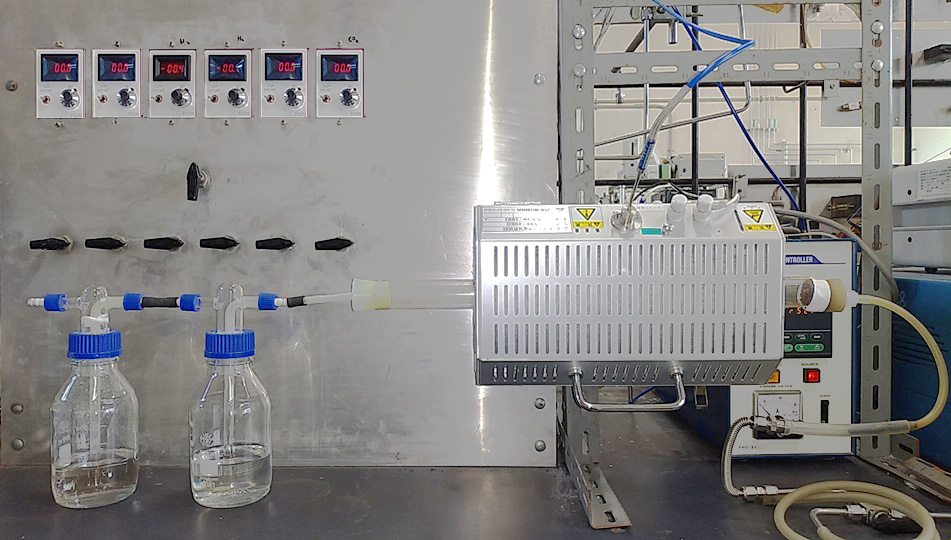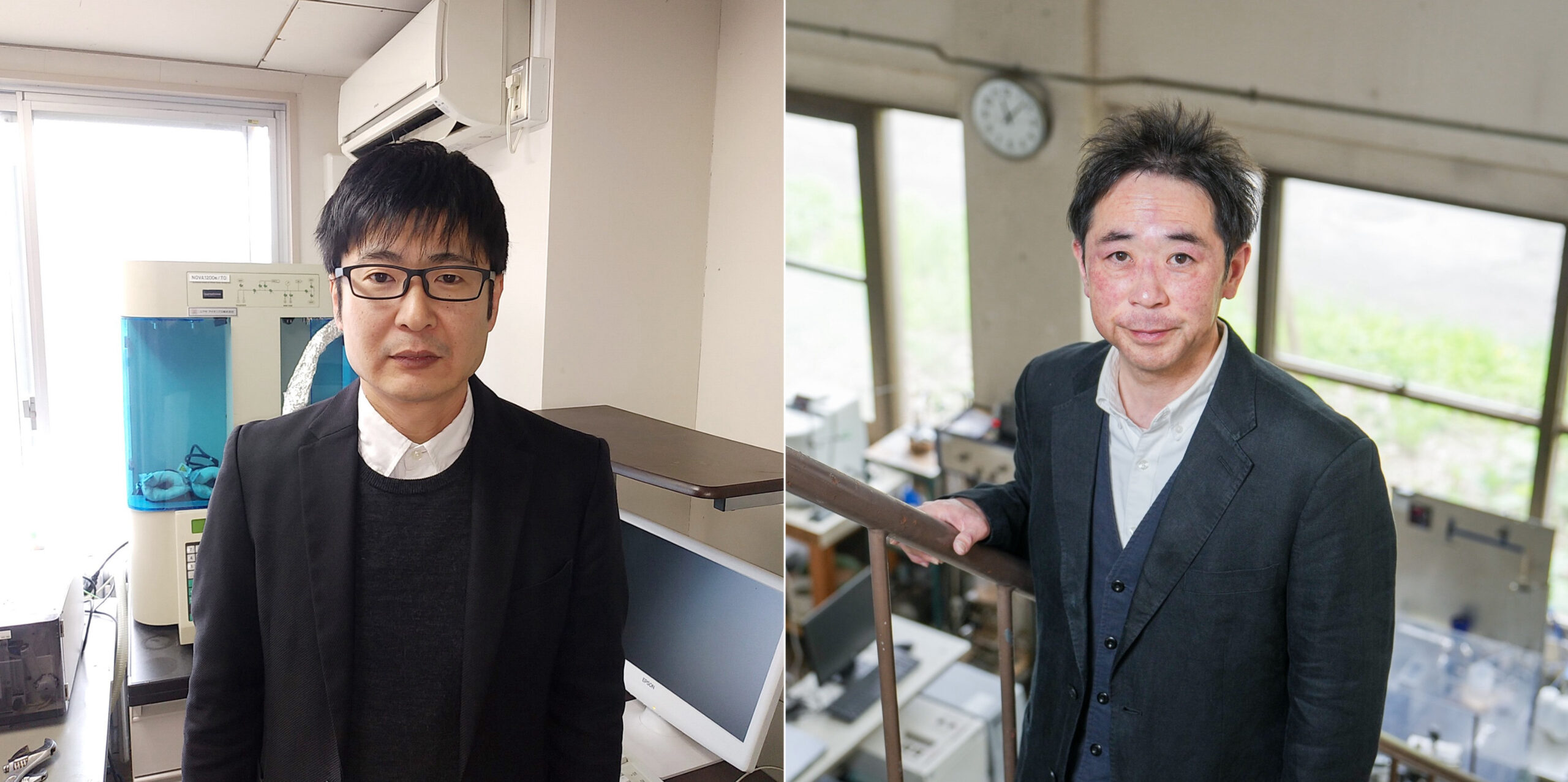Chemical and heat treatment of sewage sludge can recover phosphorus in a process that could help address the problem of diminishing supplies of phosphorus ores.

The flow-type fixed-bed reactor used in the process of recovering phosphorus from incinerated sewage sludge. (Photo: Naoto Tsubouchi)
Valuable supplies of phosphorus could be recovered from sewage sludge ash, which remains after the sludge has been burned for electric power generation. The method has been developed by chemical engineers Yuuki Mochizuki and Naoto Tsubouchi at Hokkaido University's Center for Advanced Research of Energy and Materials. Their work is published in the journal Resources, Conservation and Recycling.
Phosphorus-containing compounds are widely manufactured for applications including fertilizers, medicines and many everyday consumer products. At present, supplies of phosphorus are mainly extracted from phosphorus ores. In recent years, however, the depletion and rising price of high-grade phosphorus ores have become a problem, putting pressure on industries that rely on these supplies.
"Exploiting new phosphorus resources to replace the fast-depleting reserves, and establishing methods to recover phosphorus from waste streams, is becoming increasingly important," says Tsubouchi.
Sewage sludge, available in plentiful amounts, is currently burned in large quantities for power generation and also to reduce its volume. The remaining ash is relatively rich in phosphorus, leading to increasing efforts to find efficient ways to recover the phosphorus. Existing methods encounter several significant problems, however, including chemical contamination requiring further purification and complicated expensive chemical processing.
The Hokkaido researchers have previously investigated methods for recovering phosphorus and other elements, including calcium, magnesium and iron by heat treatment of sewage sludge. These previous investigations suggested that the process of volatilization, in which different elements are selectively converted into gaseous forms, allowing them to be separated from the rest of the treated ash, could be a promising approach for recovering phosphorus in the form of heat-stable compounds.
They therefore explored the volatilization behavior of the different elements in sewage sludge ash under different chemical conditions, especially with and without carbon being added during a sludge treatment process involving chlorine. This allowed them to develop an effective method for separating useful phosphorus-containing compounds using a combination of chlorination steps with and without the presence of carbon.
Mochizuki elaborates, "The method we developed can be implemented with lower energy requirements, lower CO2 emissions, and lower cost than conventional phosphorus recovery technologies from phosphate ores. In our method, phosphorus is recovered in the valuable phosphorus chloride forms, which can also be converted to phosphoric acid by dissolution in water."
"In Japan, the total amount of phosphorus contained in secondary phosphorus resources such as steel slag, livestock manure, and sewage sludge is equivalent to about half of the total amount of phosphorus brought into the country. Our next step is to study if our technique could be used to reduce the need for phosphorus imports," Tsubouchi concludes.

Yuuki Mochizuki (left) and Naoto Tsubouchi (right), authors of the study. (Photos: Yuuki Mochizuki, Naoto Tsubouchi)
Original Article:
Yuuki Mochizuki, Naoto Tsubouchi. Recovery of Phosphate from Incineration Ash of Sewage Sludge by Chlorination and Carbo-chlorination. Resources, Conservation and Recycling. April 20, 2024.
DOI: 10.1016/j.resconrec.2024.107645
Funding:
This study was supported in part by the Ministry of Education, Culture, Sports, Science and Technology of Japan (MEXT) through a Grant-in-Aid for Challenging Research (Exploratory) and a Grant-in-Aid for Young Scientists (B).






